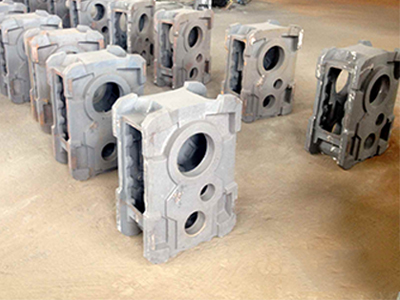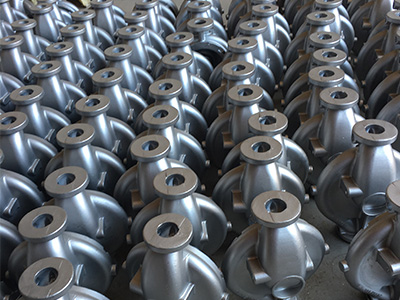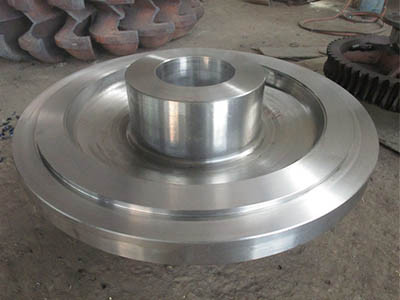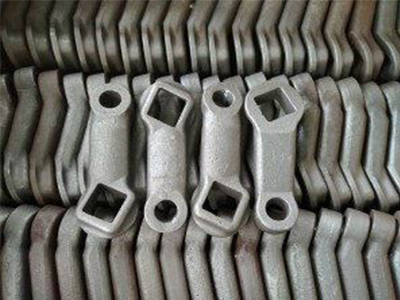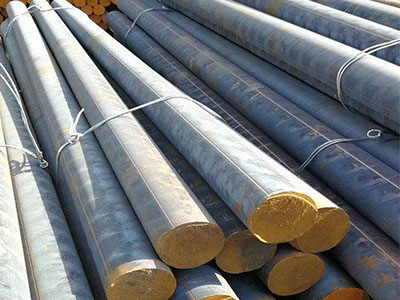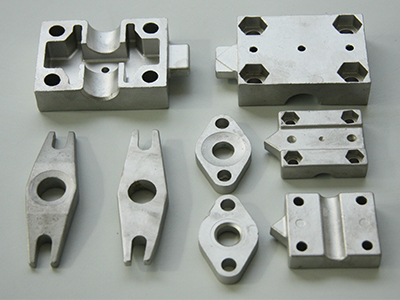- What are the determination methods of stainless steel precision casting?
- Quality control of gray cast iron
- What are the processing steps of stainless steel precision casting?
- Temperature control of stainless steel precision casting
- Testing method of large Steel Castings in quality Inspection
- Characteristics and calculation of gating system for Steel Castings
- Buy cast iron machine tools pay attention to quality
- Features and advantages of stainless steel precision casting
- Introduction to the adjustment method of rotary kiln roller steel castings
- The primary condition of the precision casting gear
- Call : +86 13390692151
- sale@kfqizhongji.com
-
Room 1, No. 21, Chaoying East Road, Zhoushi,
Kunshan City, Jiangsu Province, China
The Difference Between Cast Iron And Cast Steel
Both of cast iron and cast steel are Fe-C alloys. Due to the different content of carbon, silicon, manganese, phosphorus, sulfur and other chemical elements, they offer different metallographic structure and show many different mechanical properties and castabilities. It is generally considered that carbon content above 2% is cast iron while contains between 0.1–0.5% carbon is as cast steel. Let’s take a look at the difference between steel castings and iron castings according to its classification and applications.
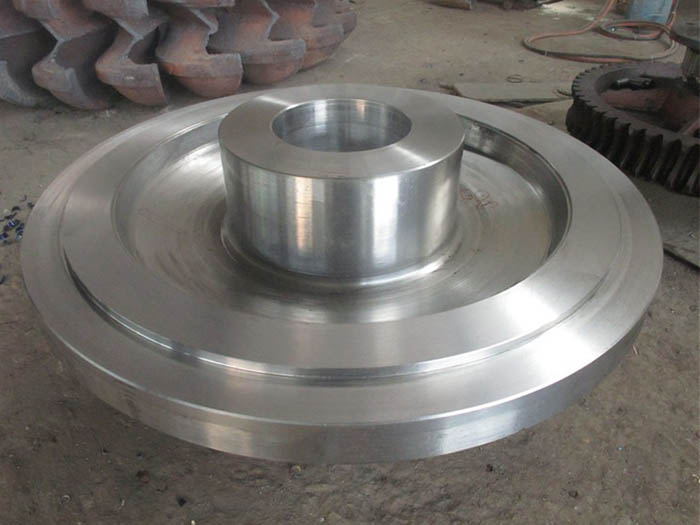
Cast Iron
Gray cast iron. High carbon content (2.7% ~ 4.0%). Gray cast iron is the most widely used cast iron containing flake graphite (accounting for more than 80% of the total production of cast iron). Carbon is mainly in the form of flake graphite, grey colored, offers low melting point (1145 ~ 1250℃) and small shrinkage during solidification, close to carbon steel in compressive strength and hardness, good shock absorption, used for manufacturing machine tool bed, cylinder, box and other structural parts.
Vermicular cast iron. It obtained from grey cast iron after vermicular treatment. Its precipitated graphite is vermicular shaped, between flake stone and spheroid. Its chemical structure is similar to that of gray cast iron, its mechanical properties are similar to that of cast iron, and its castabities are between gray cast iron and nodular cast iron.
Can be used in making cars parts.
Ductile iron. The nodular graphite obtained by spheroidization and inoculation form gray cast iron water is called ductile cast iron, which is a kind of high-strength cast iron with comprehensive properties close to that of steel and has a wide application in industrial fields. It has higher strength, better toughness and plasticity than ordinary gray cast iron.
Used in the manufacture of internal combustion engines, auto parts and agricultural machinery.
Cast Steel
Cast steel is iron-carbon alloy with carbon content below 2.11%. Cast steel has good comprehensive performance, weld-ability and workability, but it has bad shake-suction and casting performance compared to cast iron. Cast steel can be divided into cast carbon steel, cast low alloy steel and cast special steel according to chemical element composition.
Cast carbon steel. Cast steel with carbon as the main alloying element and a small amount of other elements. It can be divided into casting low carbon steel (containing carbon less than 0.2%), casting medium carbon steel (containing carbon 0.2% ~ 0.5%), casting high carbon steel (containing carbon more than 0.5%). Its strength and hardness increase with the increase of carbon content. Cast carbon steel has a higher strength, plasticity and toughness, low cost, used in heavy machinery used to produce a large load of parts, such as rolling machine frame, hydraulic press base; manufacture of heavy impact bearing parts such as pillows, side frames, wheels and couplings on railway vehicles.
Cast low alloy steel. Cast steel containing manganese, chromium, copper and other alloying elements (total less than 5%). It has greater impact toughness and can obtain better mechanical properties through heat treatment. Casting low alloy steel has better performance than carbon steel, which can reduce the quality of parts and improve the service life.
Casting special steel. Alloy cast steel refined for special needs. It usually contains a high amount of one or more alloying elements to obtain a particular property. For example, high manganese steel containing manganese 11% ~ 14% can withstand impact wear, mostly used in mining machinery, construction machinery wear parts; All kinds of stainless steels with chromium or chrome-nickel as the main alloying element are used for parts that are corroded or work at high temperature above 650℃, such as valve body, pump, container or steam turbine shell of large capacity power station for chemical industry.
In general, cast iron has lower elongation, shrinkage and impact toughness than cast steel,its compressive strength and seismic resistance are also better than cast steel;Cast iron is often cheaper while raw steel is more expensive deo to more material costs, energy, and labor required to produce a final product. The main advantage of cast steel is the design flexibility, which allows it’s ideal for complex shapes and hollow cross-section parts. They have their own advantages and disadvantages, so which should be chosen that depends the application and their physical properties.
